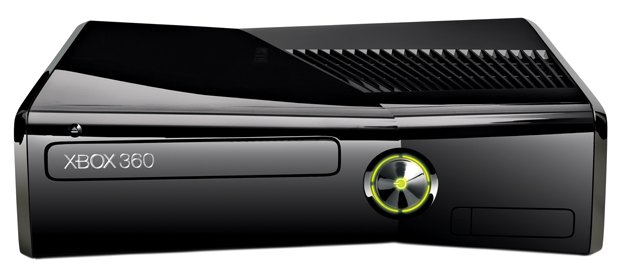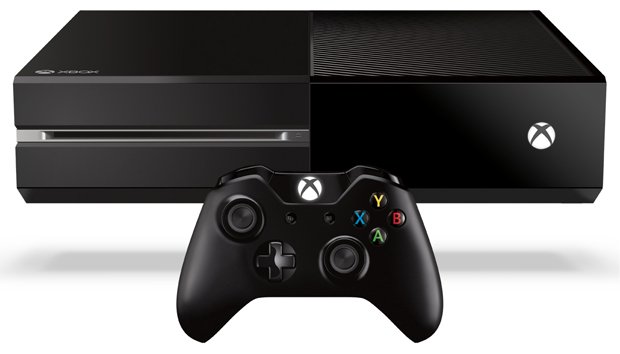Microsoft kills Xbox hardware subscription. Why did it fail?
Microsoft has announced the end of its experimental hardware subscription scheme for the Xbox 360. Starting in early May 2012, the offer allowed prospective owners to bag a 4Gb Kinect-bundled model for an initial outlay of $99, followed by a $15/month subscription lasting two years, including an Xbox Live Gold subscription. Explaining the end of the scheme, Microsoft spokesman David Dennis stated that “This program was intended to be a pilot from the start, and Microsoft routinely adjusts the mix of offers available to its customers and this change was simply standard business practice”.
Fair enough. But ‘standard business practice’, when used to describe a cancelled pilot scheme, surely translates to ‘the axing of a failed idea’. So what went wrong? Obviously such a radical departure from the standard console retail model raised more than a few eyebrows when first announced, but was it such a bad idea?

It depends on how you prefer to handle your money as a consumer. If you prefer to save up for big purchases and get payment over and done with, the deal probably held little value. If you’re happy to pay more over the long-term in exchange for avoiding any single big hit to your finances, the scheme might well have been appealing. It’s worth noting though, that paying more over the long-term in this case meant paying rather a lot more.
At the time the program launched, the Xbox 360 model in question retailed for $200. Add a couple of years’ Xbox Live Gold membership and you’re looking at a total cost of $320. Conversely, the subscription version of that machine would have cost $459 by the time it was paid off. Consider that the optional cost of an external hard drive--mandatory, if you want to get the best out of certain games--would have added a fair chunk of top of that, and you’ve got an ultimately rather costly deal very probably aimed at Microsoft’s less-affluent potential punters.
The timing wasn’t great either. The subscription scheme started almost exactly a year before the Xbox One was announced. It’s deflating to invest in any tech just before its successor appears on the horizon, but to find oneself tied to another full year of financial commitments after a deathclock started ticking on the purchase in question must have been quite a kick to the psychological stones.

It’s also notable that the hardware subscription model has never been mentioned in relation to the Xbox One. While viable for older hardware, such a business model is surely untenable during a console launch window. Releasing next-gen hardware is always a massively costly undertaking, with expenses recouped over a long period. Eroding its up-front revenue during a console launch can’t have been an appealing prospect for Microsoft.
So is this kind of thing a total non-starter? Not necessarily. For those happy with the commitment, it could be a good way of getting into a platform, provided such a scheme is run during the right period of the hardware cycle--late enough to make financial sense to the platform-holder, but early enough for the customer to get decent long-term value. But I suspect a different sort of subscription model is going to dominate next-gen.
Weekly digests, tales from the communities you love, and more
Games, rather than hardware, are the true cost of console gaming in the long-term. Even if you buy your machine at launch, your game spending will have matched its cost after just seven or eight full-price titles. Sony’s increasingly excellent PlayStation Plus service is therefore, to me, taking things in the right direction. The initial hardware outlay is a notable lump-sum, but a nominal monthly fee adds exponential value to that purchase on a permanent basis, retroactively reducing the overall cost of owning the machine by mitigating long-term content costs.

Given the cost of running a gaming platform these days, it’s entirely understandable that platform-holders would want to look into persistent, long-tail methods of accruing revenue, but it seems that game content--the core reason people buy consoles, after all--provides a better angle for that for those on both sides of the equation. Gamers get lots of what they want without paying through the nose, and while subscription-bought hardware is eventually paid off, games are a revenue model that never runs out. Microsoft is already taking tentative steps in that direction with the Games for Gold program. If it can roll out a genuine rival to PS+ for the Xbox One, then that console’s fortunes could well turn around overnight.



